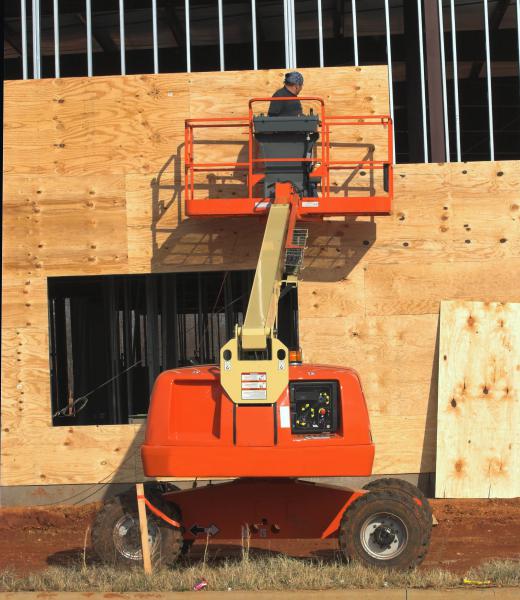Adobe construction is the name generally given to any construction process that uses clay as the primary building material. People have been building houses out of dirt since ancient times, and it is a very common construction method in many regions. The dirt is usually combined with something that binds it together and then dried in the sun. Adobe construction is particularly associated with the southwestern part of the United States and Mexico. The native people in those areas traditionally relied on adobe construction, and many people who live there still use this building method.
The basic idea of taking dirt and forming it into bricks goes as far back as the construction of the Egyptian pyramids, and this kind of building is very common in many parts of Africa. When Spanish settlers came to the Americas, they found that the native people where using very similar construction methods, although they weren’t relying on bricks. The structures were being constructed by piling mud up to a certain height and allowing it to dry, then piling on more. The Spanish took the native recipe for clay and combined it with the idea of using bricks.

There are many basic approaches to adobe construction. In some cases, the bricks are made from materials available at the building site. The mud will typically be placed in a mold and allowed to dry, then piled onto the house structure using mud as a mortar. As the structures are built up, they will often incorporate elements of wood construction in combination with the adobe for stability, especially for the roofs. One change in adobe construction from the ancient approach is the use of asphalt in the clay mixture, which makes the bricks more water-resistant.
Homes and other buildings made of adobe have a few advantages. For one thing, adobe construction results in structures that have a tendency to stay cool in the summer, and this makes them popular in hotter climates. It’s also generally true that many people in the environmental movement favor various forms of adobe construction. This is partly because it doesn’t rely on synthetic materials and partly because it doesn’t use up as many wood resources.
There are also a few disadvantages for adobe. Unless people build the houses themselves, which is actually fairly common, they will generally have to pay a lot of money to have an adobe house constructed. There is a lot of labor required to build an adobe structure, and the process is generally considered to be difficult. It also often takes much longer to build houses with adobe than wood.
